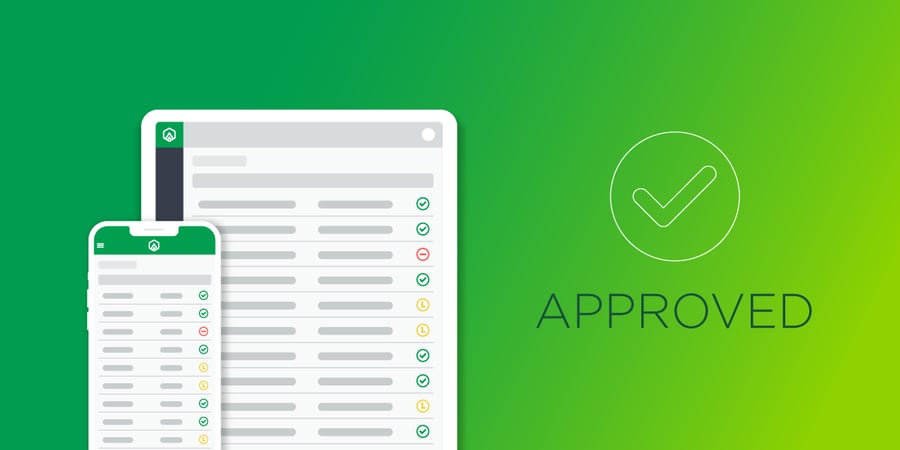Cash Management Check-in: Are Your Controls in Place?

Daily financial transactions can take up a lot of your time, especially if you’re in production, managing more than one show, or your department is understaffed, but it is critical to ensure accuracy and internal controls on cash handling and expenses.
Putting in place proper controls protects your budget and the financier’s funding, and it’s easy to do with minimal effort.
Best practice is to have at least two signers on a bank account and AP spend (aside from one-person shows where producers are doing it all - owning the company, producing, managing the money, etc. - of course).
If your project is only set up with a single signer, here’s what to do.
- Contact Project Setup to add additional approval steps to your approval flow
- Review all posted transactions and their associated backup directly in the GreenSlate application from the chart of accounts
- Cost report
- ETC/EFC changes summary
- Open purchase orders by account
- Current period Gl bible
- Check register
- Trial balance
These reports all feed into and tie out with one another. For example, the total cost spent to date will be listed on the trial balance.
If the total spend does not equal the total spend on the balance sheet, something is wrong and must be audited to find the discrepancy.
When reviewing the trial balance: Ensure clearing accounts have a zero balance. If it has a balance, investigate it immediately using our drill-down capabilities in our chart of accounts.
When reviewing the cost report: The cumulative variance should always add up to 0. Review the ETC/EFC changes summary report to see where incorrect changes may have occurred.
If there is a balance in the cumulative variance column: Determine if it is a shortfall or an overage.
-
- If there is a cumulative variance that is an overage: There either needs to be an “approved overage,” which would then need to be added in the “approved overage” column and then the cash required for production will now need to be increased.
- If there is a shortfall in the variance column: There is a potential savings, and this should be added as additional increase to the appropriate chart of account in the “ETC/EFC” columns. In other words, a shortfall in the variance column means that you must add to the EFC/ ETC for one or more production budgeted accounts that appear on the cost report. (If the overage was not “approved,” then the accountant/producer must lower one or more chart of accounts on the production budget cost report’s ETC/ EFC, until the variance is zero.)
- Monthly bank reconciliation reports, where reconciliations are in an easy to find and view list
- Chart of accounts PCard custom view to instantly see all your PCard deposit balances to compare to the PCard account
- Petty cash advances that automatically generate a bill payment to review before the payment gets issued
- Employee ACH reimbursements direct to their self-managed bank accounts
Related Posts
Access our blog for the inside scoop on what’s happening around the production office.
Get The Best of The Blog
Get the best of the GreenSlate blog once a month in your inbox by signing up for our GreenSlate Newsletter.
“If you're not using GreenSlate for processing production payroll, then you're not thinking clearly. We run about 10–12 productions a year and have used several of their competitors. I've put off sharing this as I've truly felt they've been a competitive advantage.”
Jeffrey Price
CFO at Swirl Films, LLC


.jpg?width=500&name=Coding-Power-Simplified-BLOG%20(1).jpg)
